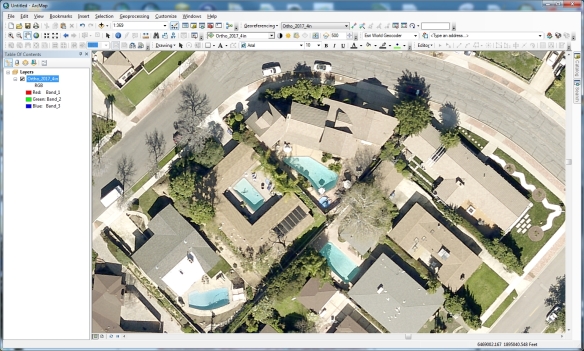ESRI has announced it has acquired technology from ClearTerra, a creator of geospatial and activity-based intelligence tools. This acquisition will provide the ArcGIS platform users the ability to easily discover and extract geographic coordinates from unstructured textual data like emails, briefings and reports, instantly generating intelligent map-based information.

This capability will make mapping this information easier across many industries. Defence, intelligence, and public safety organizations tend to have massive volumes of unstructured data, as do other fields such as petroleum, utilities, and maritime, where locating information on the earth is not as easy as searching for a street address. ESRI’s acquisition of ClearTerra technology brings workflow-enhancing software technologies into the ArcGIS platform.
ClearTerra LocateXT technology allows analysts to rapidly scan through documents without having to spend hours reading, copying, pasting and running spreadsheet formulas, placing the results instantly into geospatial features. Additionally, ClearTerra FindFZ technology provides enhanced search capabilities for the ArcGIS platform, incorporating the powerful techniques found in internet search engines.
ClearTerra has been an active member of the ESRI partner program, providing their software to ArcGIS users via desktop, server and the cloud. Support and maintenance for the software will continue via ESRI with no interruption of service and is readily available for licensing.













